What are plant sterols and stanols?

Phytosterols and cholesterol
Plant sterols and stanols are found in the membranes of plant cells. Because they have a similar structure to cholesterol, they ‘compete’ with cholesterol in the digestive tract. As a result, less cholesterol makes its way into the bloodstream and back to the liver. As one way to compensate for the reduced flux of cholesterol to the liver, low-density lipoprotein (LDL) receptors in cells are activated to more effectively take up LDL particles from the blood. This leads to a reduced concentration of LDL-cholesterol in the bloodstream.
Harnessing the benefits of plant sterols and stanols
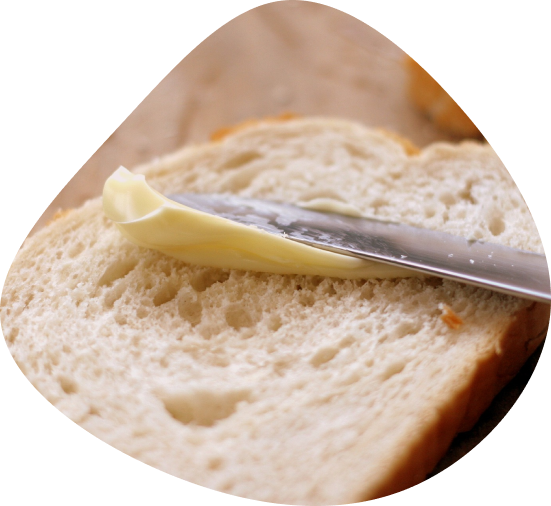
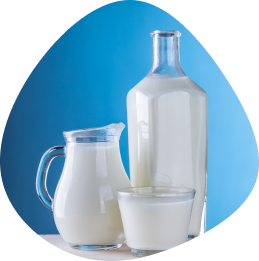
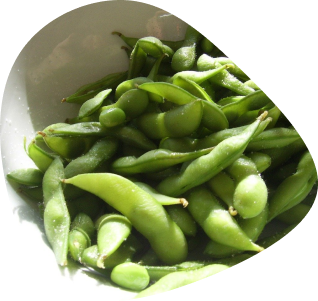
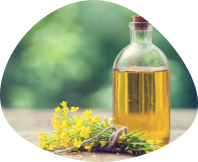
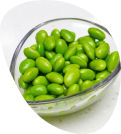
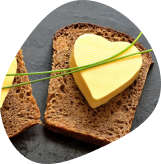
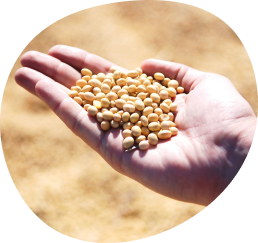


Creating heart-healthy, functional foods
Today, plant sterols and stanols are derived as an ingredient from key plant sources like pine trees, soybeans, rapeseed, and sunflower seeds and integrated into functional foods that we eat every day, such as margarine-type spreads, yogurt-type products, milk, and food supplements. Because they are widely available in daily products, plant sterols and stanols represent a cost-effective option for improving cardiovascular health by lowering LDL-cholesterol.
Hear from the experts
Scientific evidence
Cardiovascular disease prevention by diet modification
This review summarises the current evidence base for food groups and nutrients on CVD prevention and then explores the factors that influence individual…
Progress and perspectives in plant sterol and plant stanol research
This review represents the Proceedings of a scientific meeting with 31 experts known as the 3rd International Plant Sterols/Stanols, Health and Disease Conference…
The effectiveness and cost-effectiveness of plant sterol or stanol-enriched functional foods as a primary prevention strategy for people with cardiovascular disease risk in England: a modeling study
This publication evaluates the cost-effectiveness of consuming margarine-type spreads with added plant sterols or stanols for the prevention of…
Consumer purchase behaviour of foods with added phytosterols in six European countries: data from a post-launch monitoring survey
This most recent PLM survey confirms again that foods with added plant sterols and stanols were mainly purchased by the intended target population…

